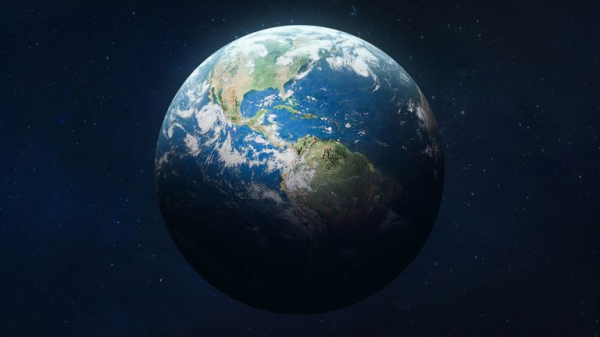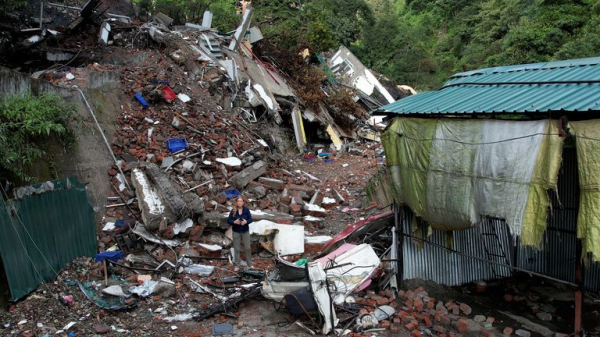
Earth is exceeding its “safe operating space for humanity” in six of nine key measurements of its health, and two of the remaining three are heading in the wrong direction, a new study has said.
The planet’s climate, biodiversity, land, freshwater, nutrient pollution and “novel” chemicals (human-made compounds like microplastics and nuclear waste) are all off-kilter, according to a group of international scientists.
Only the acidity of the oceans, the health of the air and the ozone layer are within the boundaries considered safe, and both ocean and air pollution are heading in the wrong direction, the study in the journal Science Advances found.
“We are in very bad shape,” said study co-author Johan Rockstrom, director of the Potsdam Institute for Climate Impact Research in Germany.
“We show in this analysis that the planet is losing resilience and the patient is sick.”
In 2009, Professor Rockstrom and other researchers created nine different broad boundary areas and used scientific measurements to judge Earth’s overall health.
The paper revealed on Wednesday was an update from 2015 and it added a sixth factor to the unsafe category.
Water went from “barely safe” to the “out-of-bounds” category because of worsening river run-off, better measurements and understanding of the problem, Professor Rockstrom said.
These boundaries “determine the fate of the planet”, he said, adding that nine factors have been “scientifically well established” by numerous outside studies.
Spreaker This content is provided by Spreaker, which may be using cookies and other technologies. To show you this content, we need your permission to use cookies. You can use the buttons below to amend your preferences to enable Spreaker cookies or to allow those cookies just once. You can change your settings at any time via the Privacy Options. Unfortunately we have been unable to verify if you have consented to Spreaker cookies. To view this content you can use the button below to allow Spreaker cookies for this session only. Enable Cookies Allow Cookies Once
Click to subscribe to ClimateCast with Tom Heap wherever you get your podcasts
“If Earth can manage these nine factors, Earth could be relatively safe. But it’s not,” he said.
The nine factors are intermingled. When the team used computer simulations, they found that making one factor worse, like the climate or biodiversity, made other Earth environmental issues degrade, while fixing one helped others.
The simulations showed “that one of the most powerful means that humanity has at its disposal to combat climate change” is cleaning up its land and saving forests, the study said.
Returning forests to late 20th-century levels would provide substantial natural sinks to store carbon dioxide instead of the air, where it traps heat, the study said.
Biodiversity – the amount and different types of species of life – is in some of the most worrying shape and it does not get as much attention as other issues, like climate change, according to Professor Rockstrom.

“Biodiversity is fundamental to keeping the carbon cycle and the water cycle intact,” he said. “The biggest headache we have today is the climate crisis and biodiversity crisis.”
Some biodiversity scientists, such as Duke University’s Stuart Pimm, have long disputed Professor Rockstrom’s methods and measurements, saying it makes the results not worth much.
But Carnegie Mellon University environmental engineering professor Granger Morgan, who wasn’t part of the study, said, “I’ve often said if we don’t quickly cut back on how we are stressing the Earth, we’re toast. This paper says it’s more likely that we’re burnt toast.”
